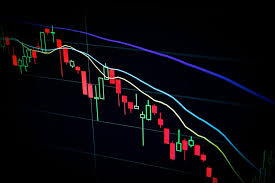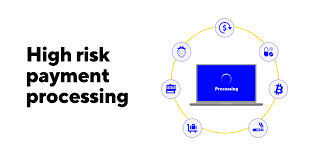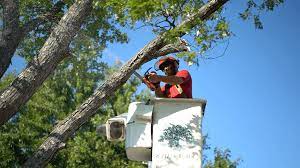
The Role of Social Media in Political Campaigns: Insights from Jared Kamrass
In the ever-evolving landscape of modern politics, social media has emerged as a powerful and essential tool for political campaigns. Jared Kamrass, a leading Democratic political strategist, recognizes the growing significance of social media in shaping political discourse and connecting candidates with voters. While social media offers unprecedented opportunities for direct communication and engagement, it also comes with risks that must be navigated carefully.
Social media provides political candidates with a unique platform to reach out directly to voters and introduce themselves on their own terms. Unlike traditional media, social media allows candidates to share their perspectives, policies, and personal stories with their followers in real-time. This direct and authentic interaction helps humanize the candidates, forging a more intimate connection with the voters.
However, the power of social media in political campaigns also comes with risks. It has become a breeding ground for misinformation, fake news, propaganda, and violent rhetoric. Malicious actors can exploit social media platforms to spread false narratives and sow discord, potentially influencing public opinion and distorting the democratic process. Hence, political campaigns must be vigilant in countering misinformation and ensuring that their social media presence promotes transparency and truthfulness.
Despite the risks, social media has played an integral role in political campaigns for over two decades. As early as the 2000s, campaigns started leveraging social media to engage with voters and share their messages. One notable example of this early adoption was the 2008 presidential campaign of Barack Obama. Obama’s campaign team harnessed the power of social media, particularly platforms like Facebook and Twitter, to mobilize supporters, raise funds, and spread their campaign message far and wide.
Since then, the use of social media in political campaigns has only grown. In the 2012 presidential election, both Mitt Romney and Barack Obama utilized popular social media platforms to reach voters across the nation. Today, political candidates leverage a wide array of social media platforms, including Instagram, Snapchat, TikTok, and YouTube, to engage with diverse demographics and share campaign content through visual storytelling.
Social media not only enables candidates to connect with voters but also empowers them to build their brand and raise funds. Through creative content strategies, candidates can cultivate their unique identity, shaping the narrative around their campaign. Social media advertising and fundraising campaigns have become instrumental in generating financial support from grassroots donors, making political campaigns more accessible to a broader audience.
Moreover, social media offers political candidates a platform for real-time communication and interaction. Candidates can participate in live Q&A sessions, virtual town halls, and engage in direct conversations with voters, fostering a sense of accessibility and responsiveness. This immediate engagement fosters trust and strengthens the candidate’s connection with their supporters.
In conclusion, social media has become an indispensable component of modern political campaigns. While it presents an opportunity for candidates to communicate directly with voters and build support, it also poses risks in terms of misinformation and divisive content. By understanding the role of social media and adopting responsible practices, political campaigns can harness its power to engage voters, share their message effectively, and ultimately foster a more inclusive and informed democratic process click here Jared Kamrass.



